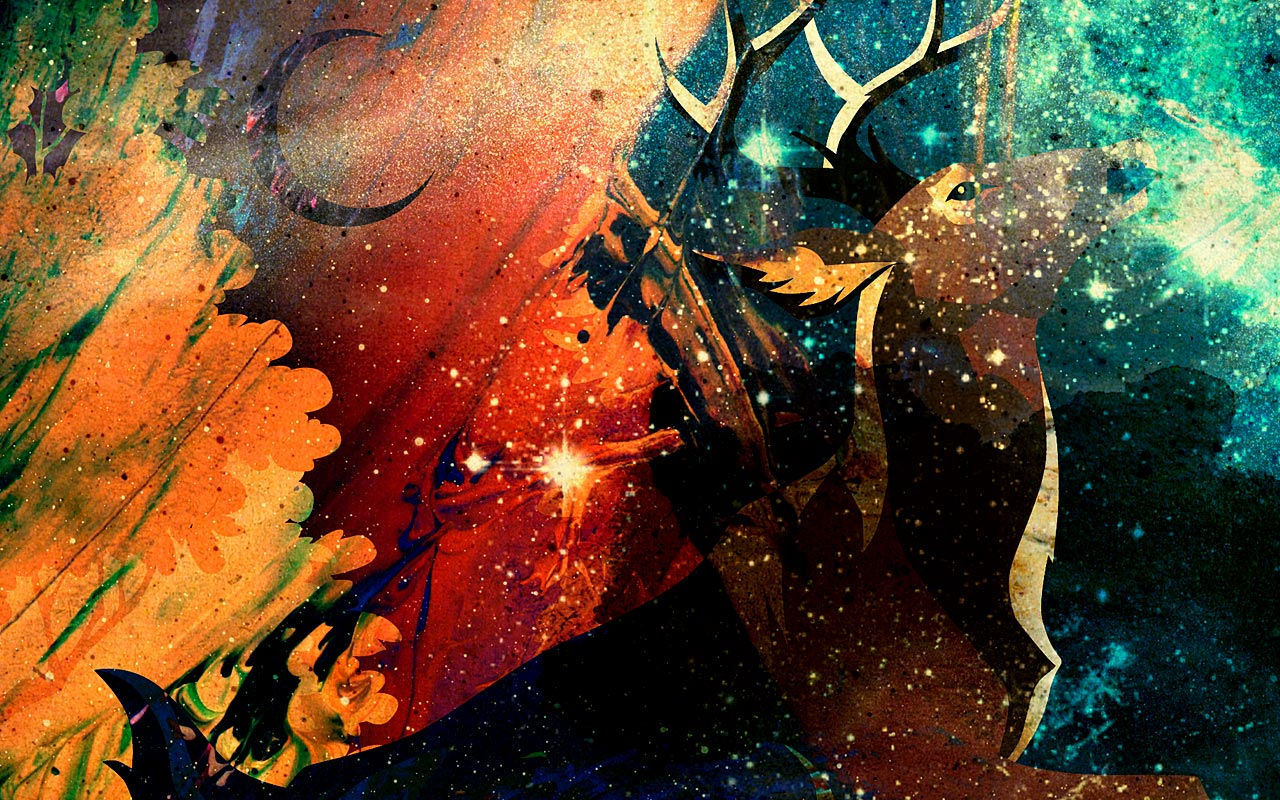
THE FINAL LAYER
If I could be totally sure that you might stick around for the ride, I would walk through every other artistic movement and explore them all with equal fascination. But at this point, I’ve finally come around to the point I’ve been wanting to make from the start. Hold onto your hats because it’s nothing more than a giant contradiction. I talked earlier about the two most important definitions of modernity that exist in the art world, and essentially insinuated that because they mean different things, they are mutually exclusive. What I’m saying now is not quite along those lines.
"Everyone discusses my art and pretends to understand, as if it were necessary to understand, when it is simply necessary to love."
- Claude Monet
Like Kandinsky said, listening to a concerto does not demand that you listen with the express intention that you will understand exactly what the artist was intending to convey with every note and pause. Great art is the same way. You can look at a piece like Picasso's Guernica and admire the thick, bold brush strokes without expecting to understand every nuance of the artist’s intention. The brusque shapes and haunted expressions convey emotion regardless of any one person’s understanding of the context – that’s noticing the modernity of the techniques behind the production of a work. You can look at the same work and recognize the modernity of its time, maybe you’ll even think back to the period of the piece and realize that Picasso produced this most famous painting at the crux of the Spanish Civil War. The dark emotion behind this mural, one of the world’s most celebrated anti-war paintings, is best understood through a combination of the modernity of both time and technique.
You don’t have to consider every piece in the museum to be a masterpiece, but before you compare the gallery filled with modern art to a row of finger paintings from a kindergarten class, just be sure to ask yourself if those kindergarteners used their art to protest the politics of their time, freeze a moment in history, or share a story of their complex emotion in the same way as the artists whose work made its way onto the walls of that museum. I’ll leave you with that one quotation by Claude Monet, a man whose tortured life still brought forth so many treasures of his talent – every piece of art is not meant to be understood, it is simply meant to be loved.



